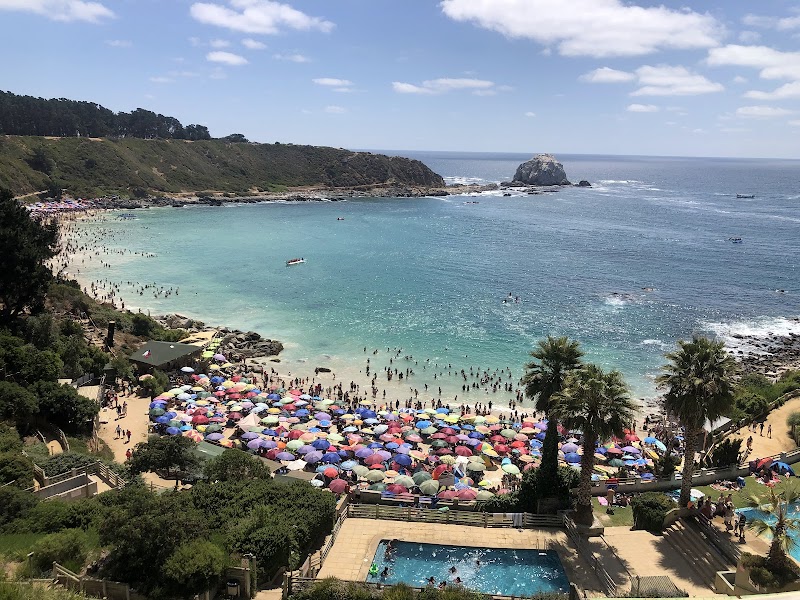
Renaca Marine Protected Area Adventures
Renaca Marine Protected Area is a coastal conservation zone along Chile’s central coast, designed to safeguard diverse marine ecosystems and support sustainable recreational and fishing activities.
About Renaca Marine Protected Area

The Renaca Marine Protected Area is located along the shores near the beach town of Renaca, in the Valparaiso region of central Chile. This protected marine environment covers coastal waters, rocky shores, kelp forests, and associated marine habitats that provide critical shelter and feeding grounds for a variety of marine species. Its protection helps preserve unique ecological features, including benthic organisms, invertebrates, fish species, and marine birds. The area is also important culturally and economically, supporting local fisheries and tourism with regulation aimed at sustainable use. Recreational opportunities include snorkeling, shore fishing, birdwatching, and coastal hiking nearby. Renaca Beach, a vibrant tourist destination, borders the protected waters, offering visitors a blend of nature and urban convenience. The Marine Protected Area's boundaries help mitigate the effects of overfishing, habitat degradation, and coastal development while promoting environmental education. Visitors appreciate the natural beauty and water activities that showcase the region’s biodiversity. The marine area plays a key role in scientific monitoring and conservation efforts on Chile’s Pacific coast, contributing to wider marine biodiversity initiatives in the region. Seasonal changes influence wildlife presence and water conditions, making it a dynamic and engaging site for both casual nature lovers and researchers.
Highlights
Renaca Beach coastline with protected kelp forest habitats
Diverse marine life including sea urchins, abalone, and local fish species
Popular snorkeling and shore fishing spots within regulated zones
Coastal walkways offering panoramic views of the Pacific Ocean
Notable Natural Features
Kelp Forests
Extensive kelp beds form underwater forests that provide important habitat and food sources within the marine area.
Rocky Intertidal Zones
These shore areas support diverse invertebrate communities and serve as prime spots for tidepool exploration.
Renaca Beach
A popular sandy beach adjoining the protected area, attracting both locals and tourists for recreation and cultural activities.
